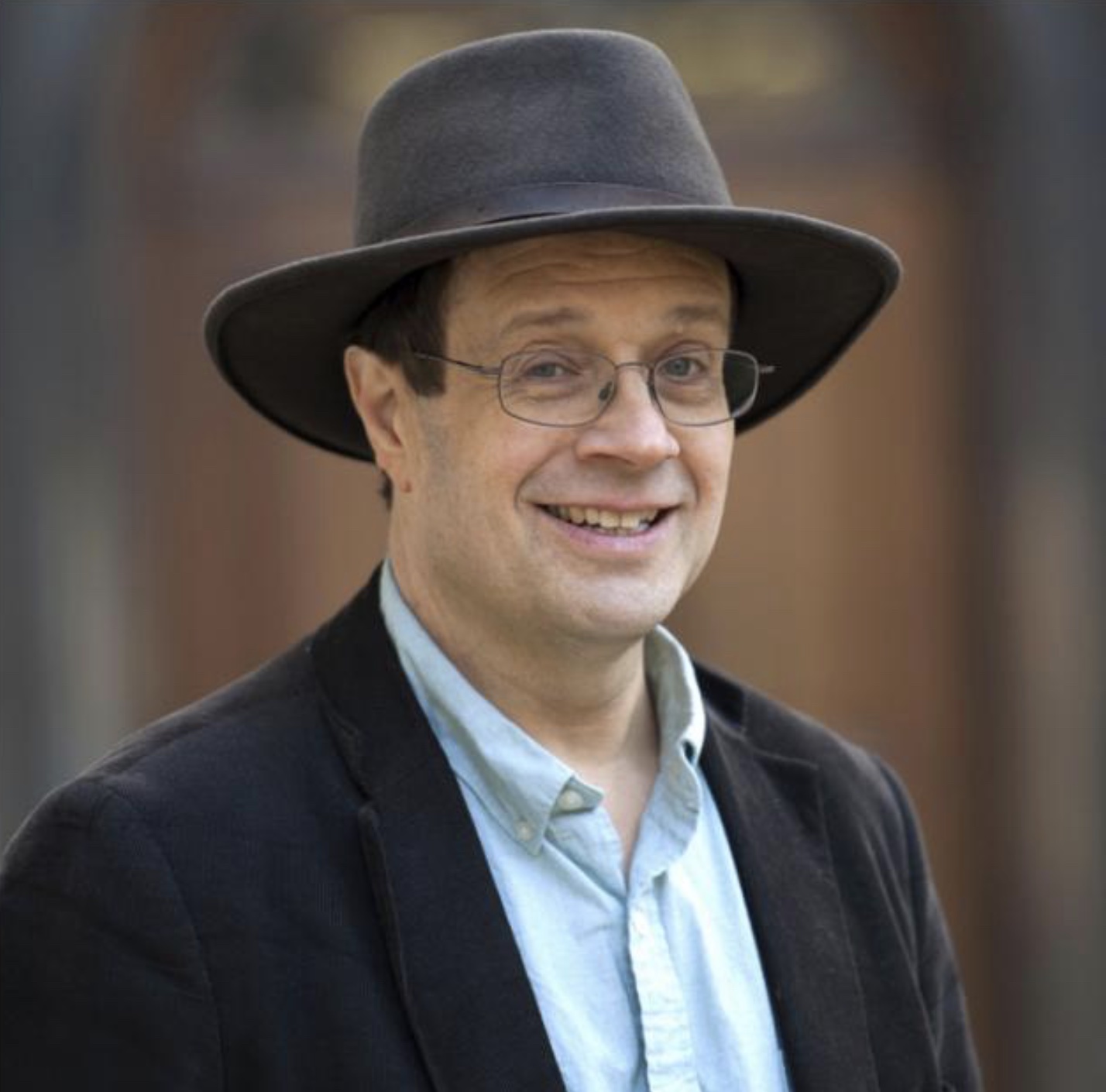- Compact style
- Indico style
- Indico style - inline minutes
- Indico style - numbered
- Indico style - numbered + minutes
- Indico Weeks View
Twistor Theory and Beyond
→
Europe/London
Gillespie Centre, Clare College, Cambridge CB3 9AJ.
Description
New plan: Due to the coronavirus pandemic, this workshop, initially planned for 2020, will take place over 27-29 September 2021. The workshop will occur both in person (at Clare College, Cambridge) and online (via Zoom).
--------------------------------------------------
Twistor theory has had a widespread impact in mathematics and physics since its origin about 50 years ago. In this interdisciplinary workshop, to take place in Cambridge, we will revisit its main achievements, and will assess the most promising current directions.
List of speakers: Nathan Berkovits (Sao Paulo), Zvi Bern (UCLA), Eduardo Casali (Davis), Lance Dixon (SLAC), Yvonne Geyer (Bangkok), Rod Gover (Auckland), Claude LeBrun (Stony Brook), Jerzy Lewandowski (Warsaw), Roger Penrose (Oxford, to be confirmed), Prim Plansangkate (Hat Yai), Dave Skinner (Cambridge), George Sparling (Pittsburgh), Ian Strachan (Glasgow), Paul Tod (Oxford), Jaroslav Trnka (Davis), and Anastasia Volovich (Brown).

Lionel Mason has been at the forefront of almost all applications of twistor theory, both in mathematics and in physics. This workshop will be an opportunity to celebrate his outstanding contributions, on the occasion of his 60th birthday.
Organisers:
Tim Adamo (Edinburgh), Maciej Dunajski (Cambridge), Ricardo Monteiro (Queen Mary London).
Registration
Workshop registration form
Participants
Akshay Yelleshpur
Alexander Ochirov
Amol Sasane
Anastasia Volovich
Anders Schreiber
Andrea Cristofoli
Andrea Ferrari
Andres Luna
Andrew Hodges
Andrew McLeod
Arman Taghavi-Chabert
Arshia Gharagozlou
Arthur Lipstein
Atul Sharma
Bernardo Araneda
Bill Spence
Brian Williams
Chris Hull
Chris White
Claude LeBrun
Congkao Wen
Cristian Vergu
David Peinador Veiga
David Skinner
Dimitrios Fetsios
Eduardo Casali
Erick Chacón
Gabriele Travaglini
Gang Yang
George Sparling
Grigalius Taujanskas
Hadleigh Frost
Hiroshi Naruse
Hugh Osborn
Hugo Garcia-Compean
Humberto Gomez
Ian Roulstone
Ian Strachan
Irena Borzym
James Bonifacio
Jan Bohr
Jaroslav Trnka
Jean-Philippe Nicolas
Jerzy Lewandowski
Johanna Bimmermann
Jorge Mago
Joshua Gowdy
Juan Vitor Pêgas
Julio Parra-Martinez
Jung-Wook Kim
Kirill Krasnov
Lance Dixon
Lane Hughston
Lecheng Ren
Leonardo de la Cruz
Leonhard Kehrberger
Liam Gladden
Lionel Mason
Livia Ferro
Luke Lippstreu
Maciej Dunajski
Mahdi Godazgar
Marcus Spradlin
Marina Logares
Martin Wolf
Masashi Hamanaka
Matteo Parisi
Matthias Volk
Max Guillen
Megumi Endo
Michael Green
Minshan Zheng
Nathan Berkovits
Nick Manton
Nick Woodhouse
Omid Makhmali
Paul Tod
Peter Cameron
Peter O'Donnell
Peter Woit
Piotr Tourkine
Prim Plansangkate
Renann Lipinski Jusinskas
Ricardo Monteiro
Rod Gover
Roland Bittleston
Ron Reid-Edwards
S. N. Hazel Mak
Sam Wikeley
Sean Seet
Sebastian Mizera
Sepehr Jafari
Silvia Nagy
Simon Badger
Simon Heuveline
Sonja Klisch
Stephen Huggett
Thales Azevedo
Thiago Fleury
Tim Adamo
Wei Bu
Wojciech Krynski
Yangrui Hu
Yi Pang
Yousuke Ohyama
Yvonne Geyer
Zvi Bern
Ömer Gürdoğan